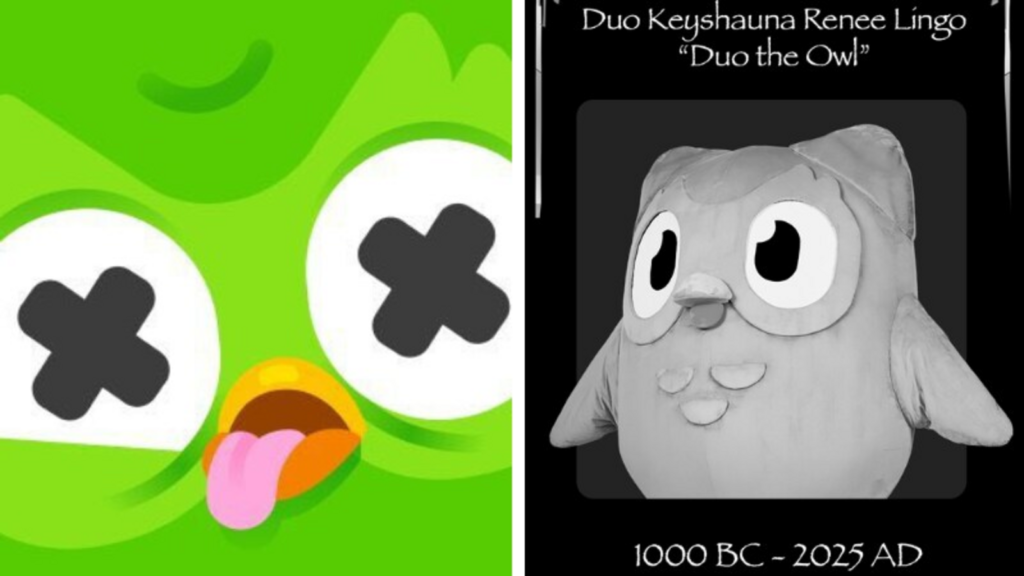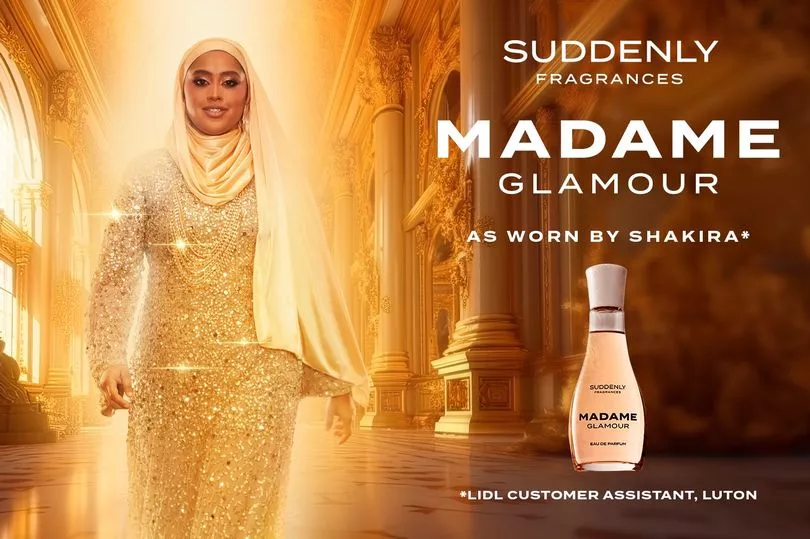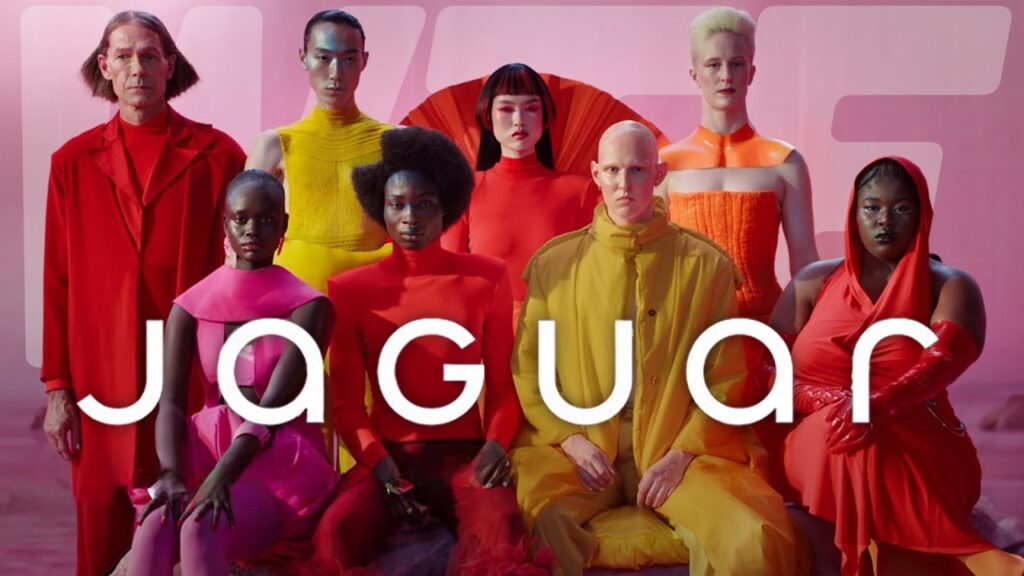Marketing is supposed to follow rules. Build brand consistency. Protect your mascots. Stay within the lines.
Duolingo? They threw that rulebook straight out the window.
In February 2025, the language-learning app did something wild: they killed off their beloved (and slightly terrifying) green owl, Duo. At least, that’s what they led the internet to believe.
The internet lost it.
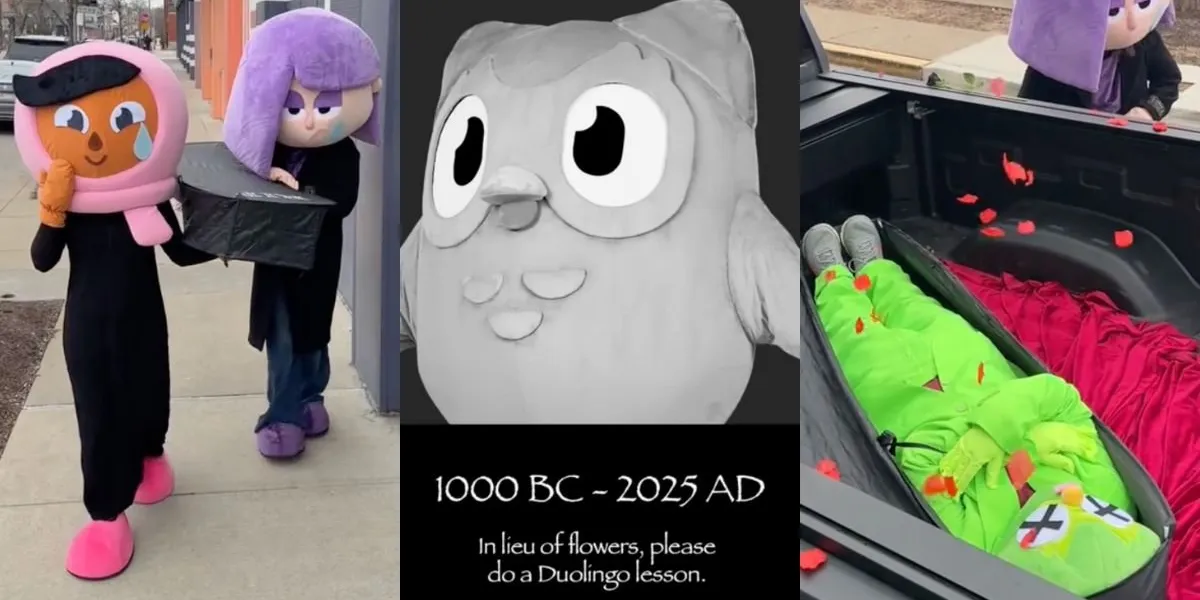
A Viral Funeral for an Owl
Duolingo’s social media accounts went silent. Then, a cryptic message: Duo is gone.
Suddenly, fans were left in mourning. TikTok flooded with tributes, Twitter (sorry, X) users debated the cause of death, and memes spread like wildfire. Some were devastated. Others… relieved? (Let’s be honest, that owl’s push notifications were borderline threatening.)
Duolingo played along, releasing funeral-style videos, blacked-out profile pictures, and even eulogies. Influencers and media outlets jumped in, fueling speculation and amplifying the reach. Hashtags like #RIPDuo trended globally, and Reddit threads dissected every clue, treating it like a true crime mystery. The campaign spiraled into global trending status, racking up millions of interactions across platforms.
Then came the plot twist: Duo wasn’t dead. He had faked his own death to go viral in Japan, where Duolingo was struggling to gain traction. The campaign tied into a Japanese cultural trend of fictional characters “disappearing” as part of marketing stunts.
To cap it off, Duolingo released a dramatic “resurrection” video where Duo emerged triumphantly, complete with over-the-top anime-style visuals. The internet (predictably) lost it all over again.
Genius? Absolutely.
The Numbers Speak for Themselves
- 30M+ TikTok views within days
- 500K+ mentions on X (formerly Twitter)
- 20% increase in app downloads post-campaign
- Significant growth in Japanese user adoption
- Increased engagement across all Duolingo social channels
- Free media coverage from major publications
The “death” of Duo wasn’t just attention-grabbing. It was a masterclass in creative marketing, turning a simple mascot stunt into a full-fledged global event.
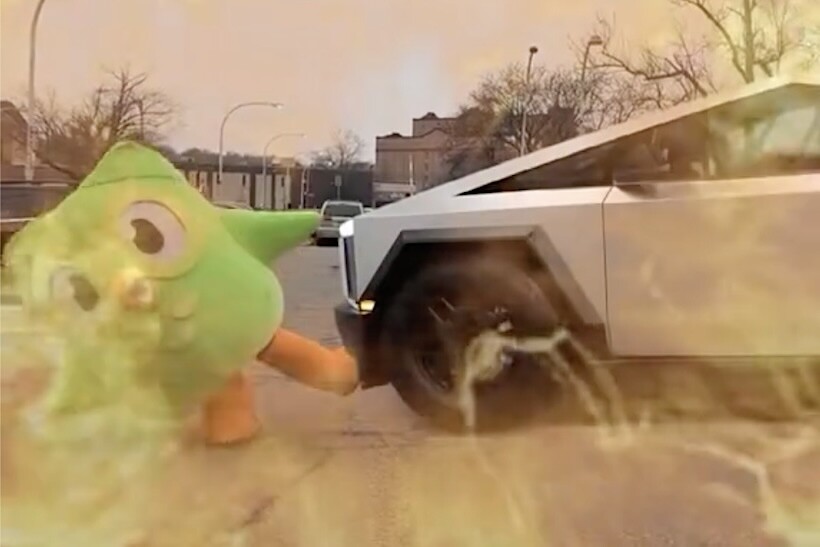
So, What Can You Learn From This?
Here are five key takeaways from the campaign:
1. Branding Rules Exist (But the Best Brands Know When to Break Them)
Duolingo didn’t just step outside the box. They set it on fire.
Most brands play it safe, but safe doesn’t trend. By taking a calculated risk, Duolingo strengthened its irreverent, internet-savvy identity. They understood that their audience thrives on chaos, memes, and viral-worthy moments.
This wasn’t a reckless stunt. It was a strategic move that reinforced their brand voice. They stayed true to the humor and absurdity their audience loves, something every brand should consider before taking risks.
2. Social Media Isn’t Just a Platform, It’s a Playground
Duolingo doesn’t treat social media like a corporate bulletin board. They use it as an entertainment space, where engagement is driven by humor, absurdity, and pop culture.
The key? They let their brand have a personality. A weird, slightly unhinged, deeply relatable personality.
Brands that treat social media as an extension of customer service miss out on its real power: storytelling, entertainment, and emotional connection.
It’s also a reminder that social platforms aren’t just places to distribute content; they’re spaces to create experiences. When brands interact in a way that feels human, the audience responds accordingly.
3. Virality Isn’t Just Luck, It’s Strategy
The campaign looked spontaneous, but it was methodically planned.
From the blackout phase to the “mourning” period to the big reveal, every step was designed to build suspense, fuel speculation, and maximize reach. They knew their audience would spread the content for them.
Want viral marketing? Think past the post itself. Engineer moments that people want to talk about. The more interactive and shareable your campaign is, the higher its chances of success.
4. Global Expansion Requires Cultural Intelligence
Killing off a mascot might have flopped in certain markets, but in Japan it made perfect sense. The campaign tapped into a local marketing trend, making it feel relevant rather than random.
This wasn’t just a PR stunt, it was a calculated move to strengthen brand awareness in a new market. By understanding and leveraging regional trends, Duolingo ensured their campaign resonated with the right audience.
Global brands can’t just copy-paste the same strategy everywhere. They need to adapt, research, and respect cultural nuances to connect effectively. A great campaign in one country can fall flat in another if the messaging doesn’t align with local sensibilities.
5. People Love a Good Plot Twist
Predictability is boring. The internet thrives on surprises, reversals, and unexpected turns.
Duolingo didn’t just announce a new feature or product. They built a story, turned it into an interactive experience, and made their audience part of it.
If you want people to engage with your brand, don’t just give them information, give them a reason to care. And if you can throw in an unexpected twist? Even better.
The best marketing campaigns feel like entertainment, not advertisements. Duolingo blurred the line between reality and fiction, ensuring their audience stayed engaged until the very end.
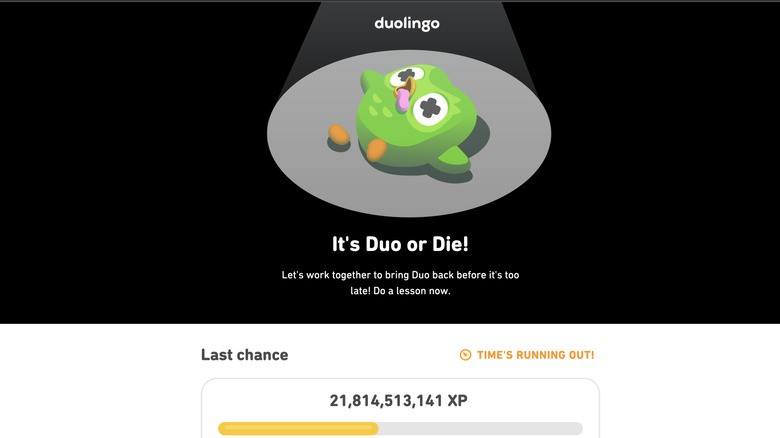
Final Thoughts
Marketing isn’t about playing it safe. It’s about knowing when to take risks that pay off.
Duolingo could have launched another standard ad campaign. Instead, they “killed” their most recognizable brand asset, and ended up strengthening it in the process.
The lesson? Creativity wins. Always.
If a green owl can fake his own death and come back stronger than ever, imagine what a bold, well-executed campaign could do for your brand.

